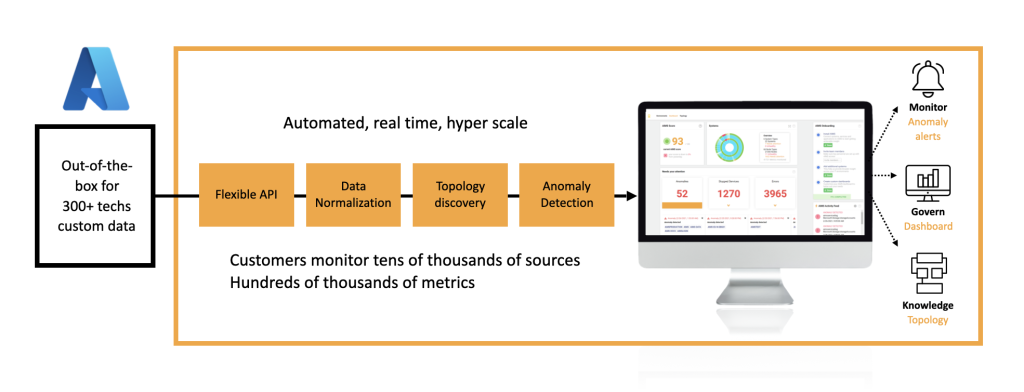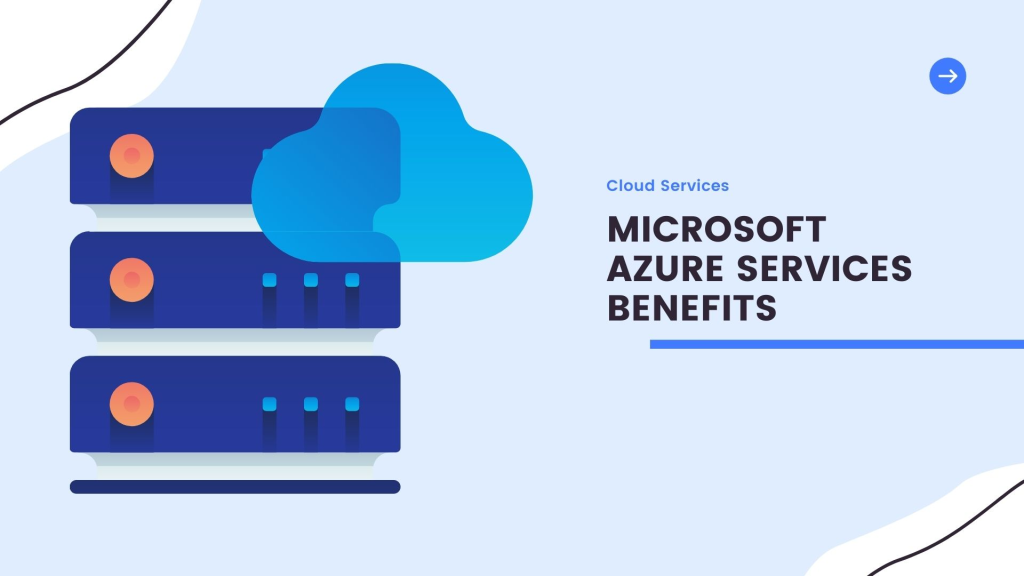Upgrade & Secure Your Future with DevOps, SRE, DevSecOps, MLOps!
We spend hours scrolling social media and waste money on things we forget, but won’t spend 30 minutes a day earning certifications that can change our lives.
Master in DevOps, SRE, DevSecOps & MLOps by DevOps School!
Learn from Guru Rajesh Kumar and double your salary in just one year.

Have you heard of AiOps? It’s the new buzzword in the tech industry that’s taking the world by storm. AiOps is short for Artificial Intelligence for IT Operations, and it’s a revolutionary approach to managing and monitoring IT infrastructures.
One company that’s leading the charge in AiOps is Microsoft Azure. Azure is Microsoft’s cloud computing platform, and it’s quickly becoming the go-to choice for businesses of all sizes. In this article, we’ll explore how Azure is using AiOps in monitoring and observability to provide unparalleled service to its customers.
What is AiOps?
Before we dive into how Azure is using AiOps, let’s first define what it is. AiOps is a combination of artificial intelligence (AI) and machine learning (ML) technologies that are used to automate and enhance IT operations. It’s a proactive approach to managing IT infrastructure that uses real-time data to identify and resolve issues before they become problems.
Azure’s AiOps Approach
Azure has taken a unique approach to AiOps, combining the power of AI and ML with the expertise of human operators. Azure’s AiOps platform is built on a foundation of three key pillars:
1. Observability
Observability is the ability to understand the behavior of a system based on the data it generates. Azure’s AiOps platform uses advanced monitoring and logging capabilities to provide real-time insights into the health of its infrastructure. This allows Azure to quickly identify and resolve issues before they impact customers.
2. Automation
Automation is the key to AiOps. Azure’s AiOps platform uses AI and ML to automate routine tasks, such as patching and updating software. This frees up human operators to focus on more strategic tasks, such as designing and implementing new solutions.
3. Collaboration
Collaboration is essential in AiOps. Azure’s AiOps platform brings together human operators, AI, and ML to work together as a team. This collaboration enables Azure to provide a seamless and efficient service to its customers.
Benefits of Azure’s AiOps Platform
Azure’s AiOps platform provides several benefits to its customers, including:

1. Improved Reliability
Azure’s AiOps platform ensures that its infrastructure is always available and reliable. By using AI and ML to automate routine tasks, Azure can quickly identify and resolve issues before they impact customers.
2. Faster Issue Resolution
Azure’s AiOps platform provides real-time insights into the health of its infrastructure. This allows Azure to quickly identify and resolve issues before they become problems.
3. Increased Efficiency
By automating routine tasks, Azure’s AiOps platform frees up human operators to focus on more strategic tasks. This increases efficiency and enables Azure to provide a better service to its customers.
Conclusion
AiOps is the future of IT operations, and Azure is leading the way in its adoption. Azure’s AiOps platform is built on a foundation of observability, automation, and collaboration, and it provides several benefits to its customers. By using AI and ML to automate routine tasks, Azure can quickly identify and resolve issues before they become problems. This ensures that Azure’s infrastructure is always available and reliable, and it enables Azure to provide a better service to its customers.